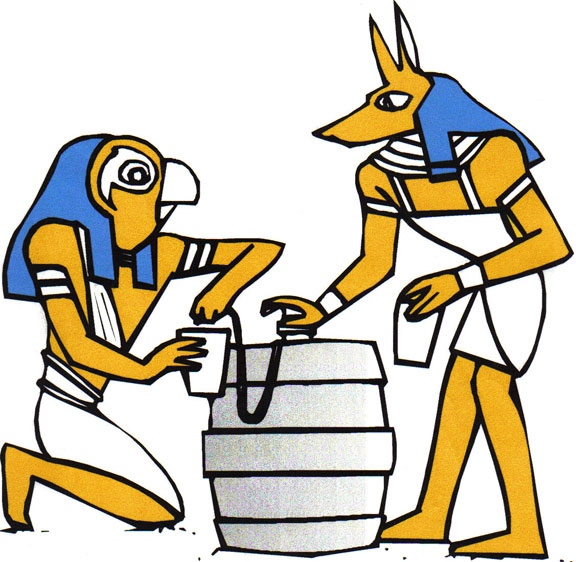This is a 2000-year-old analog computing device reconstructed out of Lego. It predicts solar and lunar eclipses, accurate to within two hours — all using plastic gears. Andy Carol, its designer, builds mechanical computers out of Lego as a hobby. He made this device basically because Adam Rutherford, an editor and producer at Nature, dared him to. When Adam heard that Andy had actually built the device, he called me and said, “Well, clearly we have to make some sort of film about this thing now.”So they did, and here it is. This makes me jump up and down and shake around with delight.
The Antikythera Mechanism in Lego from Small Mammal on Vimeo.
Andy Carol also made a working model of Charles Babbage's Difference Engine, probably the most complex analog computer since the Antikythera Mechanism! Of course, the real thing looks totally different (by which I mean ugly):
The story of the device itself is amazing - discovered in a shipwreck by sponge divers in 1901, it remained a more or less a mystery for decades. Everyone knew it was a sophisticated machine but the thing was in such bad shape that no one could do much with it. (Besides speculate about the influence of ancient astronauts, as the "History" channel is wont to do.) The advent of high-tech x-ray scanners, however, unlocked the device's mysteries, as this video from Nature reports:
I think Michael Wright's model of the device gives a great sense of how the device actually looked and functioned:
I have to put in a plug here for my pet project, "archaeological optimism". Most of the news coverage of the device portrays it something out of time. Like this headline from an io9 story on the device: "Advanced imaging reveals a computer 1,500 years ahead of its time". Bullshit! It was exactly appropriate for its time because that was the time when it was made. Greek scientists had the capacity to create complex mechanical calculators, and did. No need to drag them out of their place.
The 'device out of time' trope is just the arrogance of the present, thinking that we are the culmination of all of history so far. Bullshit. Time and civilization does not have an end point or a state that is 'better' than another. That attitude becomes an excuse for belittling the genius of our forebears by painting their greatest accomplishments as something abnormal, instead of granting them an equal moral status to us.











